- Where I’m Coming From
- Drawn & Quarterly (2023)
Barbara Brandon-Croft was the first Black woman to have a syndicated comic strip published for international audiences. More than 30 years after Where I’m Coming From first made its way into mainstream newspapers, the comics are still as relevant and sharply funny as they were in the 1990s.
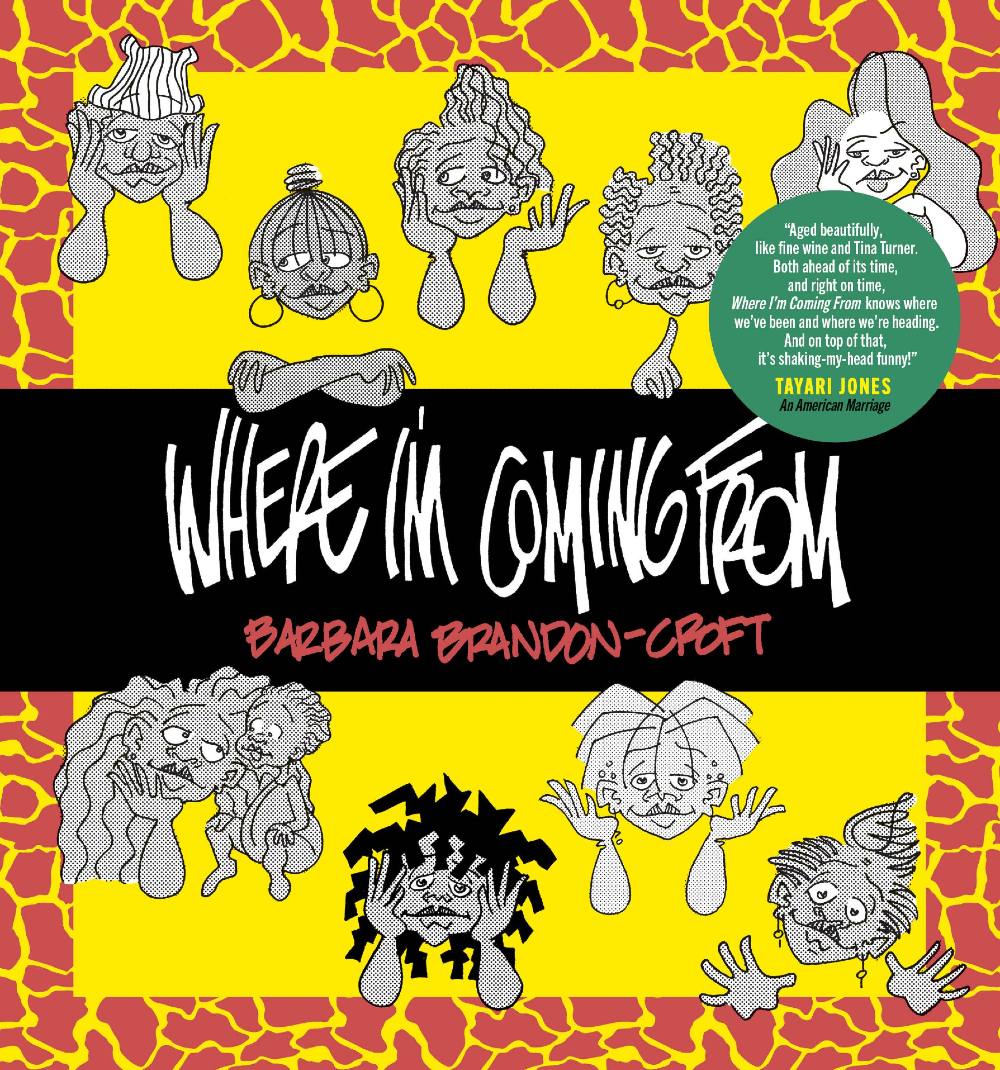
From the ongoing unpredictability of romantic relationships to the challenges of coming out to family and friends, the women at the heart of Brandon-Croft’s work are memorable and funny, relatable and extraordinary. Her comics follow Cheryl, Nicole, Alisha, Judy, Jackie, Monica, Sonya, Lekesia, Lydia and her young daughter Re-Re (after Aretha Franklin) as they struggle, fail and try again to navigate the complexities of love and friendship, family and politics, racism and sexuality.
Reading it now in 2023, it’s special to witness Black joy and Black womanhood on the page. Brandon-Croft’s wry, radical and very funny contributions to the public conversation came at a time when the stuff of most syndicated comic strips reflected the lives of their authors, who were often white and often men.
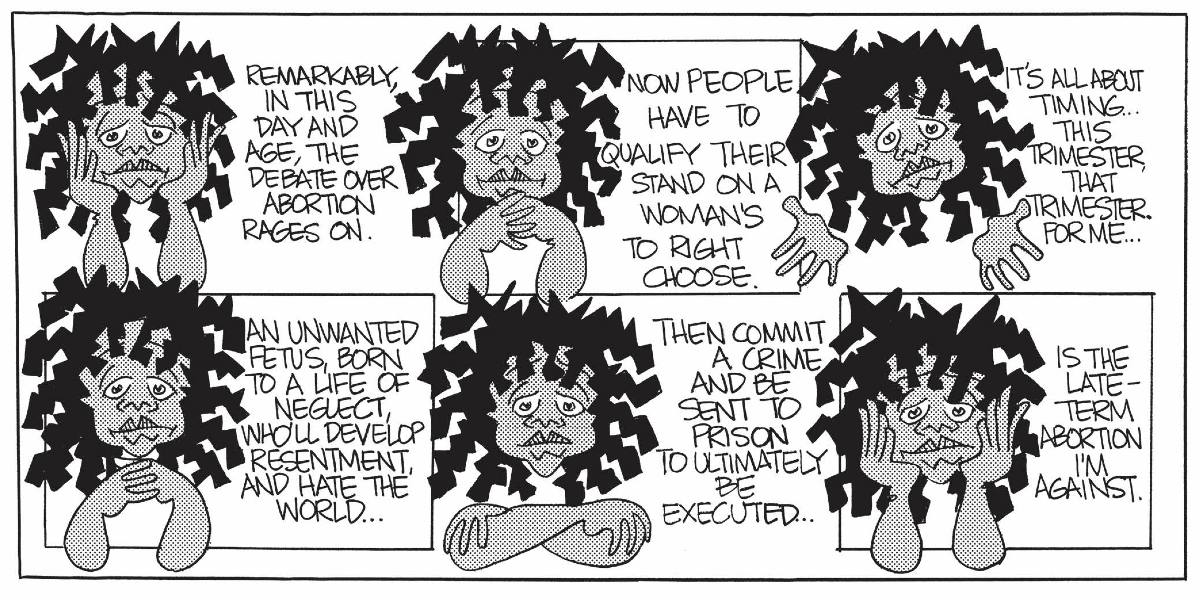
After getting an early start helping her father Brumsic Brandon Jr., with his syndicated strip Luther, Brandon-Croft started Where I’m Coming From for the Detroit Free Press in 1989. The comic was syndicated three years later, in 1991. When the strip ended in 2005, its creator brought her “girls” back to deal with some of the more staggering developments in recent history, including the election of one Donald J. Trump.
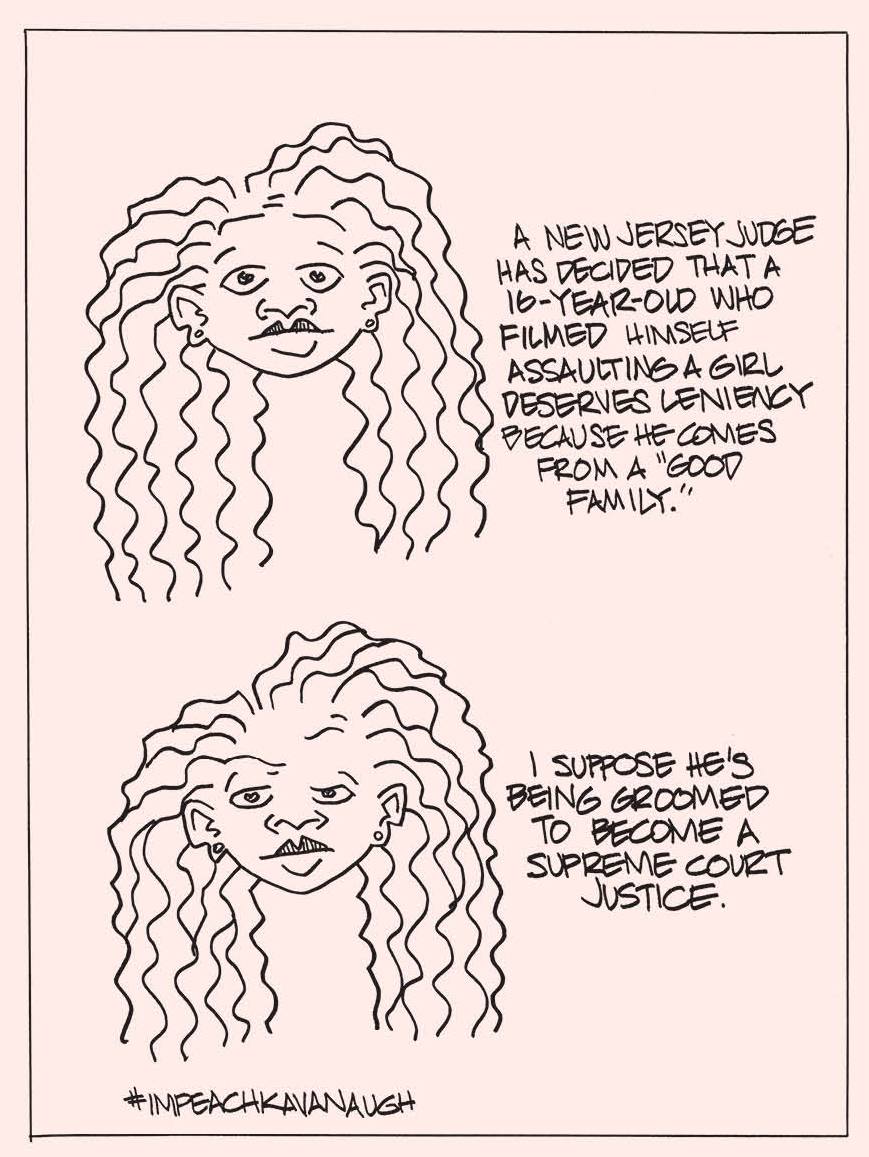
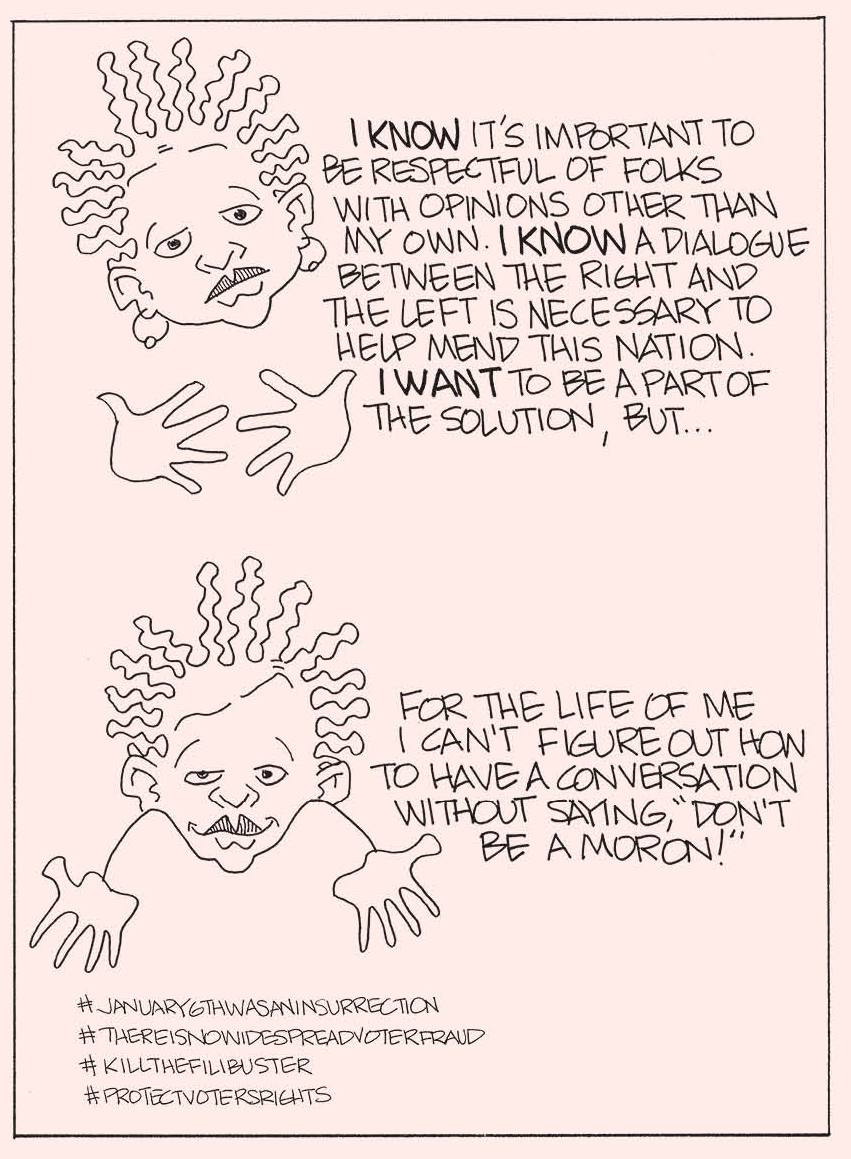
On the publication of a luxe new collection from Montreal’s Drawn & Quarterly, The Tyee posed a few questions to Brandon-Croft about her work, and whether the U.S. has reached a place where it’s impossible to distinguish between satire and reality.
This interview has been lightly edited for length and clarity.
The Tyee: I imagine it must be like going back in time, in revisiting your early work. Was there anything that really surprised you while putting the collection together, on a personal level but also a cultural level?
Barbara Brandon-Croft: Revisiting past work for any artist would be met with a certain level of trepidation. I wasn’t sure what I would find exactly. After all, some of what I was doing for the syndicate reached back 30 years. My syndication started in 1991!
I was pleasantly surprised to find that a lot of what I did, I still felt good about. At least, it still made sense to me and felt right.
I wasn’t terribly surprised to find that many of the issues that had me riled up then had not been resolved and still left me feeling exasperated. I’m talking about the killing of unarmed Black folks by police, issues around abortion access, gun violence in schools. And so much more.
The story about your dad auditioning his kids to see who would help him with his strip Luther is pretty funny. How did this early immersion in the business shape your understanding of the medium and influence your own work?
The fact that I had my dad, a nationally syndicated cartoonist, in my home, unknowingly (at least to me) serving as a role model meant everything. I think if I’d been asked if I could come up with a comic strip and my dad was, say, a truck driver, I don’t know if I would have been able to say yes. Without a doubt, seeing my dad on the drawing board for all those years let me know that I could do it too.
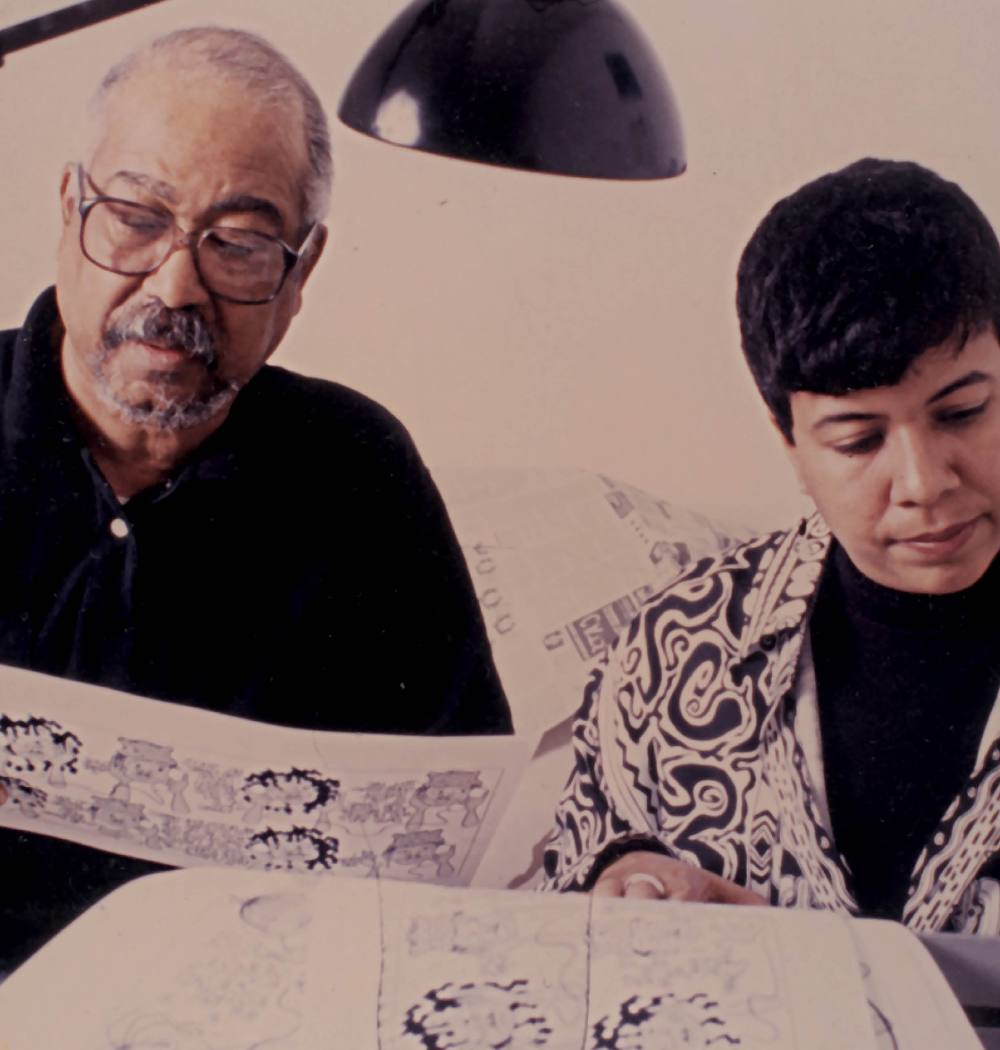
As far as the business goes, the average person probably doesn’t know anything about — or the significance of — a syndicate. But I knew, because of him, that a newspaper cartoonist needs a syndicate to sell the comic strip.
Sure, I got one paper on my own, but I knew one newspaper wasn’t going to make me a living. I needed to have more newspapers and knew the only way to get access to more papers was through a syndicate. I knew that the syndicate functions as an agent. I even knew that syndicates collect newspapers for cartoonists by introducing their comic strips to papers they already have relationships with via press kits.
So, I in turn, created a press kit for Where I’m Coming From and sent it to the syndicates to try to get their attention in hopes that a syndicate would pick me up. As it happened, the syndicate that ultimately signed me came up with a press kit for WICF that looked remarkably like the one I’d sent them.
Other than your father, were there artists and writers that you looked to when you started your cartooning career?
My dad, of course, was a huge influence, but Jules Feiffer (I would see Feiffer in the Village Voice) made quite an impression on me. I loved the idea of doing a weekly. I loved the size of it, and how, on occasion, he would have a character speak directly to the reader. I thought that was genius.
The nuance and subtlety of your work, especially around the complexities of female friendships, is remarkable. Did you draw upon your own relationships when working on Where I’m Coming From? How did this impact your actual friendships?
I absolutely did draw upon my own relationships when working on Where I’m Coming From. I am very fortunate to have many lifelong friendships. My oldest friend, Leslie, I’ve known since we were toddlers! I’m talking 60 years of friendship!
I have friends from kindergarten, from grade school, from high school, from college, from every job I’ve ever had. I was able to draw from all these relationships. I think (I hope) my friends are pleased to know that I’ve included facets of them in my work, but here’s what’s true: When I was doing the strip, I was living in Brooklyn and I wasn’t in any New York papers.
Aside from my roommate Sharon, they didn’t actually see what I was doing in real time unless I shared them before I sent them in. Ha! And sharing wasn’t as easy as it is now. It wasn't like I could send out a text.
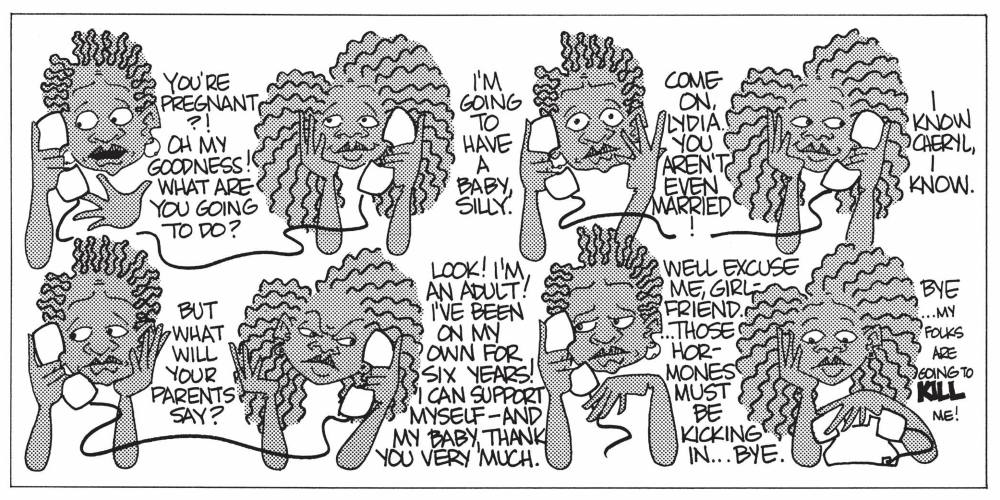
In creating new work, how have your characters changed as you and they have grown older? Has parenting, dealing with aging, how friendships shift and evolve over the course of time, changed the way you approach your work?
I don’t think it has changed my approach. I still keep notes on what I want to comment on. Then decide on which one of my characters would best bring that point across. That’s how I always did it.
Clearly time has moved on, and I am older. And I’m dealing with aging, parenting and navigating friendship shifts, so my characters are as well.
Whatever I put out there comes out of me, my experiences, my perspective. So, I’d have to say my approach remains the same. But I’m a little different so the strip is a bit different.
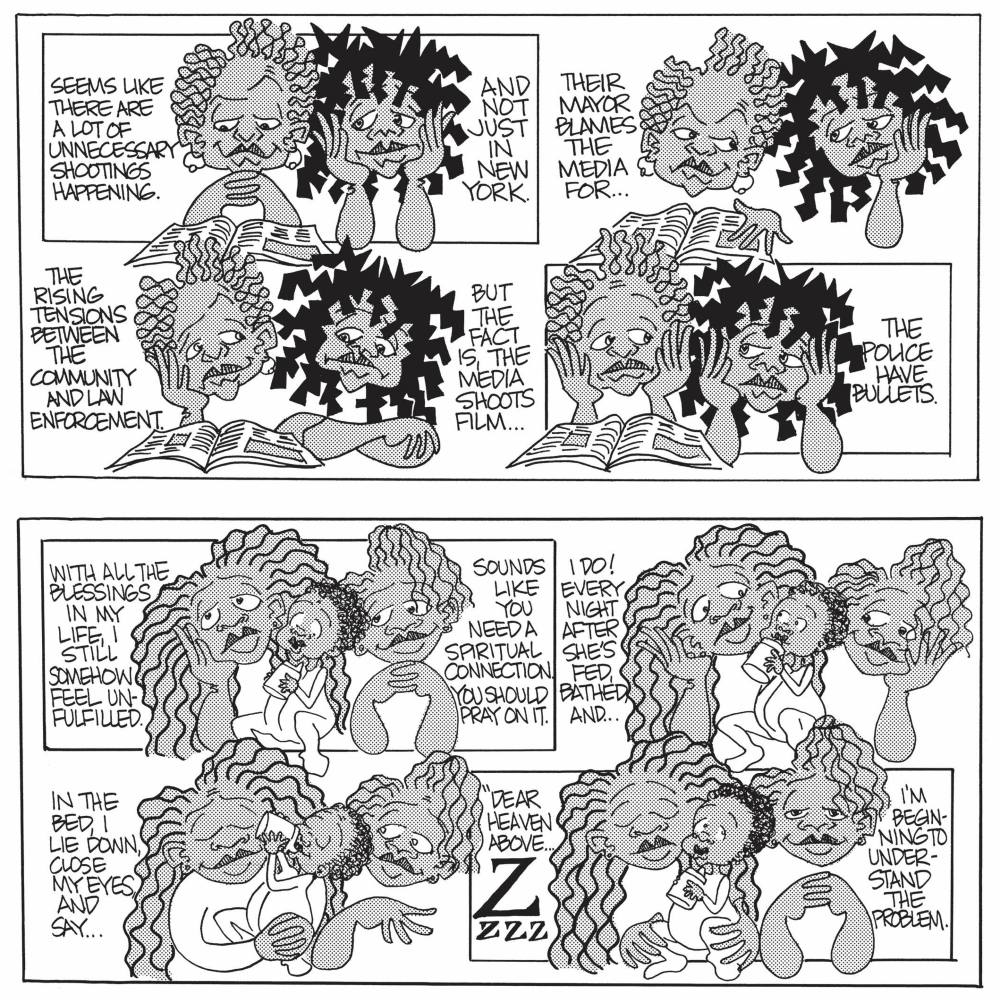
Cartoonists bridge so many different forms — cultural commentators, comedians, artists, social observers, et cetera. How do you see your own role within this broader discourse?
My dad always said to me that a cartoonist's job is to observe, interpret and record. I like that role. I can’t think of a better way to contribute to the world than chronicling our experiences for the next generations to come.
How has the current racial and social climate in the U.S. impacted your work? Do you still see humour as the most effective and efficient way to critique contemporary culture? In light of this, can you talk about the retrospective of yours and your dad’s work in STILL: Racism in America — A Retrospective in Cartoons?
The current racial/social climate isn’t all that different from what we’ve seen — and lived through — before. After my syndication ended, I sort of retired my pens. It wasn’t until [Donald Trump] actually won the election that I had to come back. I think I would have burst if I hadn’t.
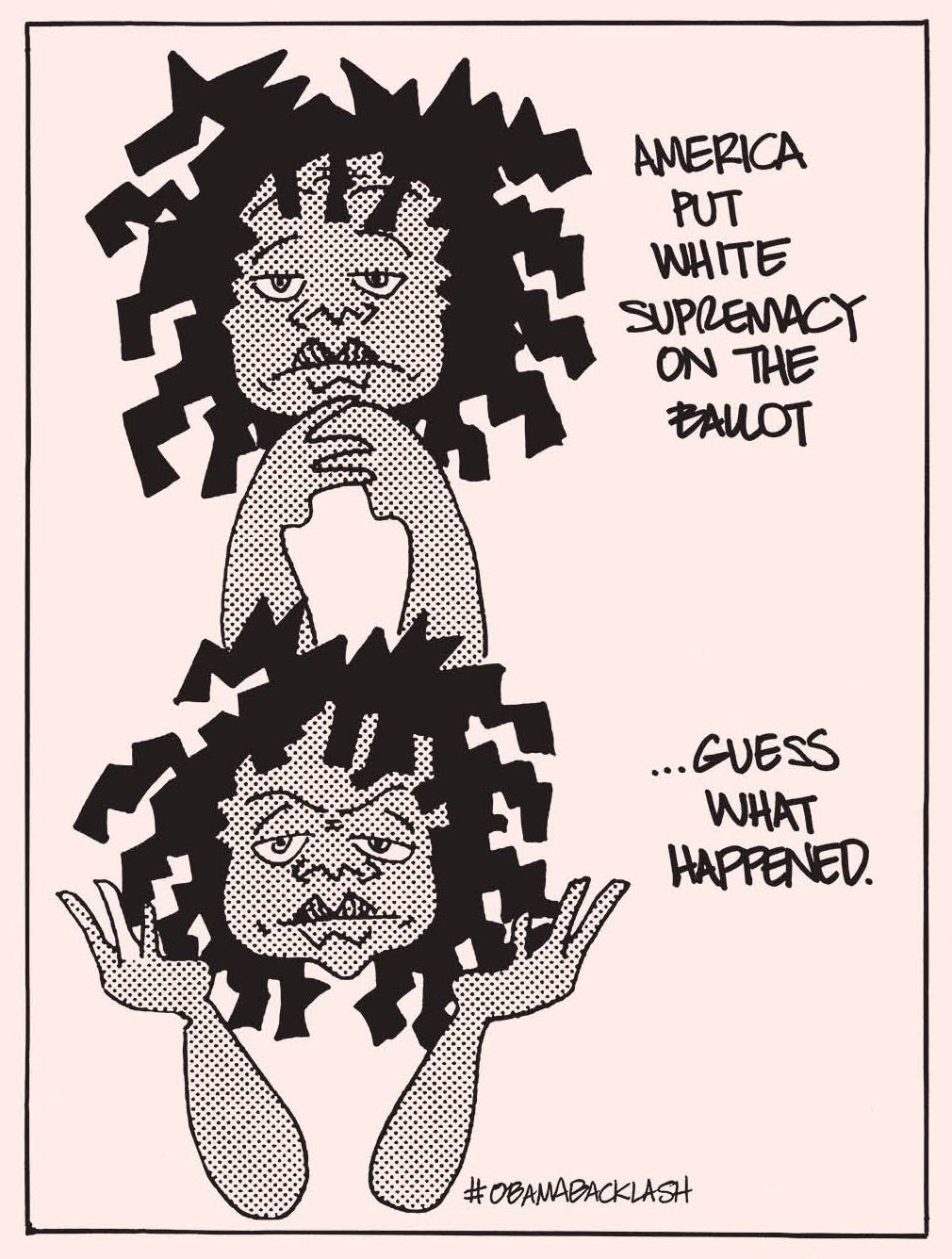
My dad’s been gone since 2014, but we often discussed how someone (other than ourselves) might find it interesting that as cartoonists we covered many of the same complicated issues surrounding racism some 30 years apart.
The exhibit, with the help of curator Tara Nakashima Donahue, put on display just how striking that phenomenon is. We opened in New York, at the Medialia Gallery, and shortly after the pandemic hit and the show, like the rest of us, went on lockdown. I was crestfallen.
Fortunately, the Billy Ireland Cartoon Library & Museum at Ohio State University offered to give STILL a new life. I cannot express how grateful I was to see it resuscitated. We put on display 60 years of social commentary focused on the complexities of racism into a single room.
What made it most impactful, I think, is that by each piece we simply displayed the year the cartoon was created. Seeing how one strip from 1966 next to another strip from 1993 or 2005 or 2022 where we railed against the same issue is pretty profound. Our hope is to bring this exhibit to other venues and share the education.
As the medium of cartooning has evolved, encompassing a broad range of different experiences, do you think people have a better understanding of what the form is capable of addressing? Not just humour and jokes but parsing very complex emotional situations, as well as political realities as well?
I find cartooning to be that unique vehicle that resonates with me. What a treat to be able to address all these huge issues, that could easily keep one up at night, and be able to spew them back out within a (hopefully) succinct, palatable, and, at times, funny framework.
What could be better? ![]()
Read more: Books, Rights + Justice, Media




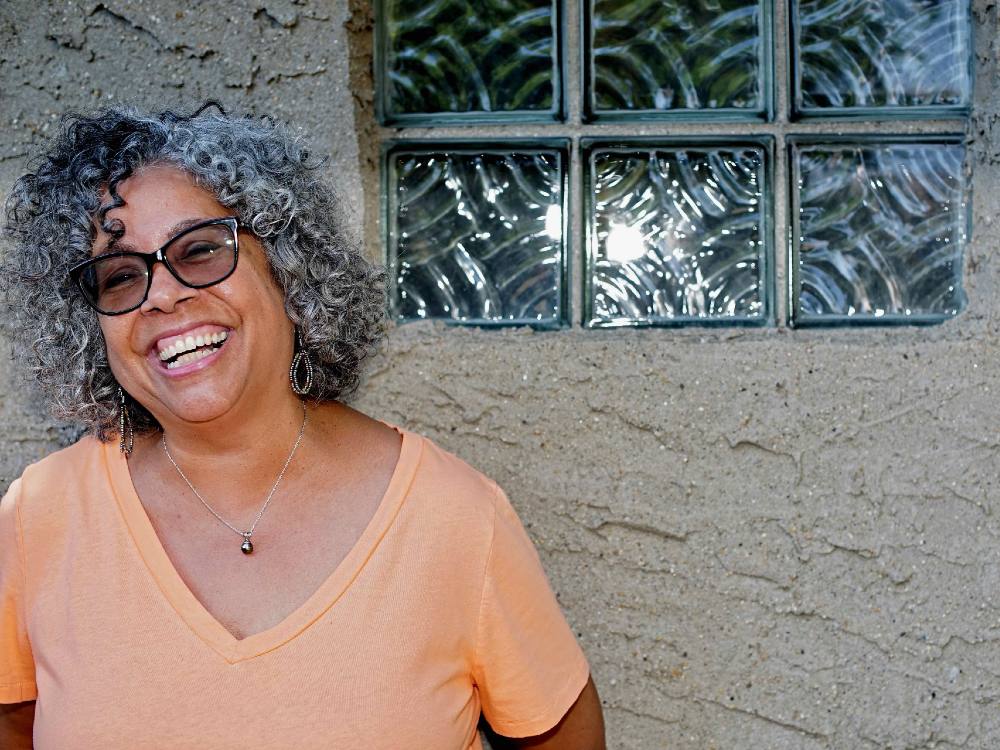












Tyee Commenting Guidelines
Comments that violate guidelines risk being deleted, and violations may result in a temporary or permanent user ban. Maintain the spirit of good conversation to stay in the discussion.
*Please note The Tyee is not a forum for spreading misinformation about COVID-19, denying its existence or minimizing its risk to public health.
Do:
Do not: